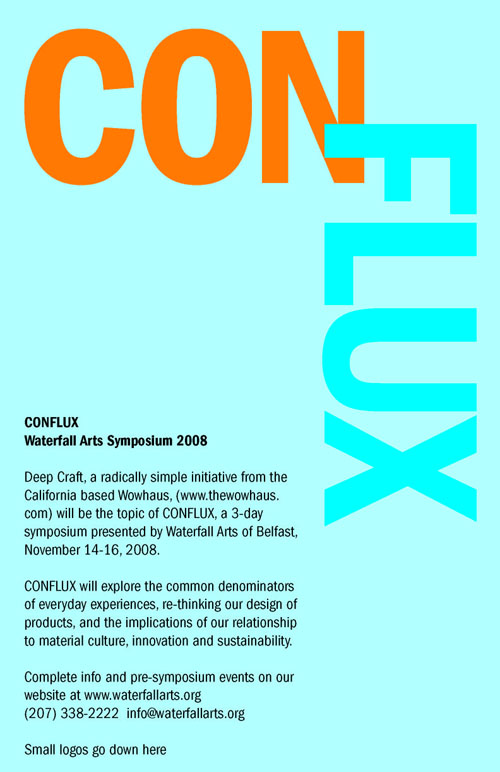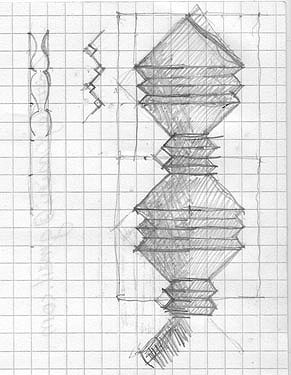
A few years ago I designed a pedestal to be used as either a table base or, when scaled down, to support a bench. I wanted to evoke the grace and solidity of classical Greek architecture, but based my contours and proportions on the native oak and acorn instead of the acanthus of the classical world. We made molds, cast a batch in concrete, and made cast concrete tops with inlaid, hand painted tile tops for a public park.
The process produced a few ‘rejects’ with which I have been experimenting over the summer. Combined with rough cut slabs from fallen trees on our property, they make wonderful tables; the smooth, soft contours of the white base contrasts strikingly with the rough sawn, sun-bleached wood.

I invented a system to use rough cut slabs to make a comfortable outdoor bench, which compliments the table, the slabs appearing to hover just above the ground. I plan to present this concept to Benziger Family Winery as the ‘Benziger Family Table’ they have recently commissioned me to design for outdoor use at the winery.











